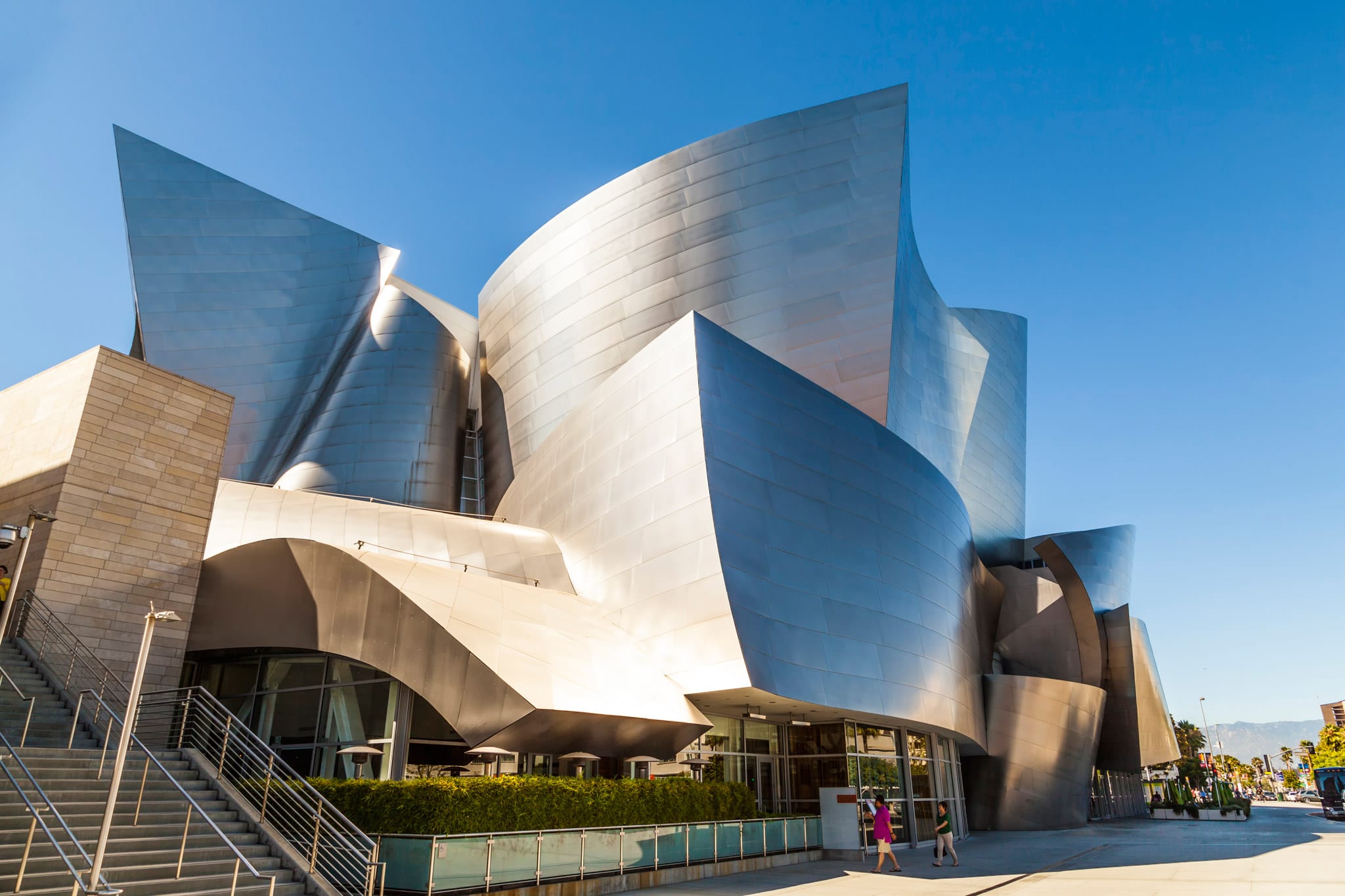The Effect of Technological Innovations on the Layout Practices of Contemporary Architects
The rapid evolution of technical devices has actually significantly reshaped the design landscape for contemporary designers, promoting unprecedented levels of technology and sustainability. Exploring these dynamics discloses a nuanced interaction between modern technology and standard style methodologies, triggering a better examination of what the future holds for building techniques.
Development of Architectural Devices
Exactly how have architectural devices changed the style and building processes over the centuries? The evolution of architectural tools has dramatically impacted the effectiveness, precision, and imagination of layout and building and construction.
With the introduction of the Renaissance, the introduction of the compass and the protractor noted a pivotal change. These tools enabled architects to accomplish higher precision in their designs, assisting in the emergence of more intricate and proportional buildings. The Industrial Change even more transformed building method with the intro of mechanized devices and materials, enabling bigger and more enthusiastic tasks.
In the 20th century, the development of computer-aided design (CAD) software program changed the landscape once more, offering architects with extraordinary capabilities in modeling and visualization. Today, progressed tools such as Structure Details Modeling (BIM) and parametric layout software program continue to press the borders of architectural technology, enabling a much more incorporated technique to style and construction procedures.
Boosted Cooperation in Design
As innovation continues to evolve, boosted cooperation in design has actually come to be a cornerstone of modern-day architectural technique. The combination of digital tools such as Building Info Modeling (BIM), cloud-based platforms, and advanced visualization software program has transformed the way architects, engineers, and stakeholders communicate throughout the style process. These devices assist in real-time interaction, permitting groups to share concepts, modifications, and responses instantly, no matter of geographical area.

Furthermore, interdisciplinary collaboration has been structured via these technical improvements, making it possible for designers to function a lot more very closely with various other specialists, such as city organizers and ecological specialists. The outcome is a more natural method to make that thinks about different perspectives and competence. Inevitably, enhanced cooperation in design is not just a trend; it is necessary for producing cutting-edge, useful, and aesthetically pleasing architecture in an increasingly intricate world.

Sustainability Via Technology
Sustainability in style has progressively ended up being intertwined with technical advancement, driving the market towards environmentally liable practices. Contemporary architects are leveraging sophisticated modern technologies to minimize ecological effect while boosting the efficiency of buildings. cda architects. One prominent instance is using Building Details Modeling (BIM), which allows for specific preparation and source allocation, decreasing waste throughout building and construction and promoting energy effectiveness throughout a structure's lifecycle
Moreover, clever products and energy-efficient systems are being integrated right into layouts to optimize source usage. Technologies such as solar cells and green roof covering systems harness renewable resource sources, contributing to reduced carbon footprints. Furthermore, the application of expert system in layout procedures makes it possible for engineers to replicate and assess energy usage, guiding decisions towards more sustainable end results.
The assimilation of sustainable technologies not only lines up with worldwide ecological goals but likewise fulfills a raising need from consumers for environment-friendly solutions. As engineers embrace these technologies, the focus changes in the direction of producing areas that are not just visually pleasing yet likewise functionally lasting, thereby redefining the requirements of modern design. This way, innovation works as a driver for sustainability, making it possible for architects to make buildings that respect and boost the all-natural environment.
Challenges in Application
While technological innovations in architecture hold wonderful assurance for boosting sustainability, their implementation typically runs into significant obstacles. One key barrier is the high learning contour linked with new innovations. Architects and building and construction professionals may need comprehensive training to effectively make use of sophisticated software program and tools, which can postpone task timelines and increase expenses.
Furthermore, the integration of emerging innovations, such as Building Details Modeling (BIM) and lasting materials, often requires partnership throughout multidisciplinary groups. This partnership can be impeded by distinctions in competence, operations, and communication styles, resulting in prospective conflicts and inadequacies.

Furthermore, regulatory structures and building regulations might not equal go to the website technical advancements, developing uncertainty and prospective compliance problems. This challenge can prevent engineers from fully accepting new modern technologies, as the danger of non-compliance might exceed the benefits. For that reason, dealing with these application challenges is critical for the successful assimilation of technical advancements in contemporary building methods.
Future Trends in Architecture
The obstacles associated with the application of new innovations in style have actually triggered a reevaluation of future trends within the industry - cda architects. As engineers browse concerns such as sustainability, urbanization, and social equity, they are significantly adopting cutting-edge innovations to boost design performance and ecological performance
One noticeable fad is the assimilation of expert system (AI) in the design procedure. AI tools can assess substantial datasets to educate design choices, enhancing both creativity and performance. Structure Info Modeling (BIM) proceeds to advance, allowing real-time cooperation among stakeholders and promoting structured project management.
Sustainable design practices are likewise obtaining energy, with engineers concentrating on adaptive reuse and regenerative layout principles that reduce source consumption and waste. The incorporation of wise materials and renewable resource resources will certainly further boost the strength of buildings in the face of environment modification.
Additionally, the increase of parametric design permits more personalized and context-sensitive architectural remedies (cda architects). By taking advantage of these improvements, architects are positioned to produce developed atmospheres that not just resolve the prompt requirements of society yet likewise anticipate future challenges, thereby redefining the function of style in an ever-changing world
Conclusion
Technical innovations have actually significantly improved architectural style techniques, promoting boosted accuracy, cooperation, and sustainability. The integration of tools such as Structure Info Modeling and parametric style software application, together with man-made you could check here knowledge and wise materials, equips designers to deal with complex challenges extra efficiently.